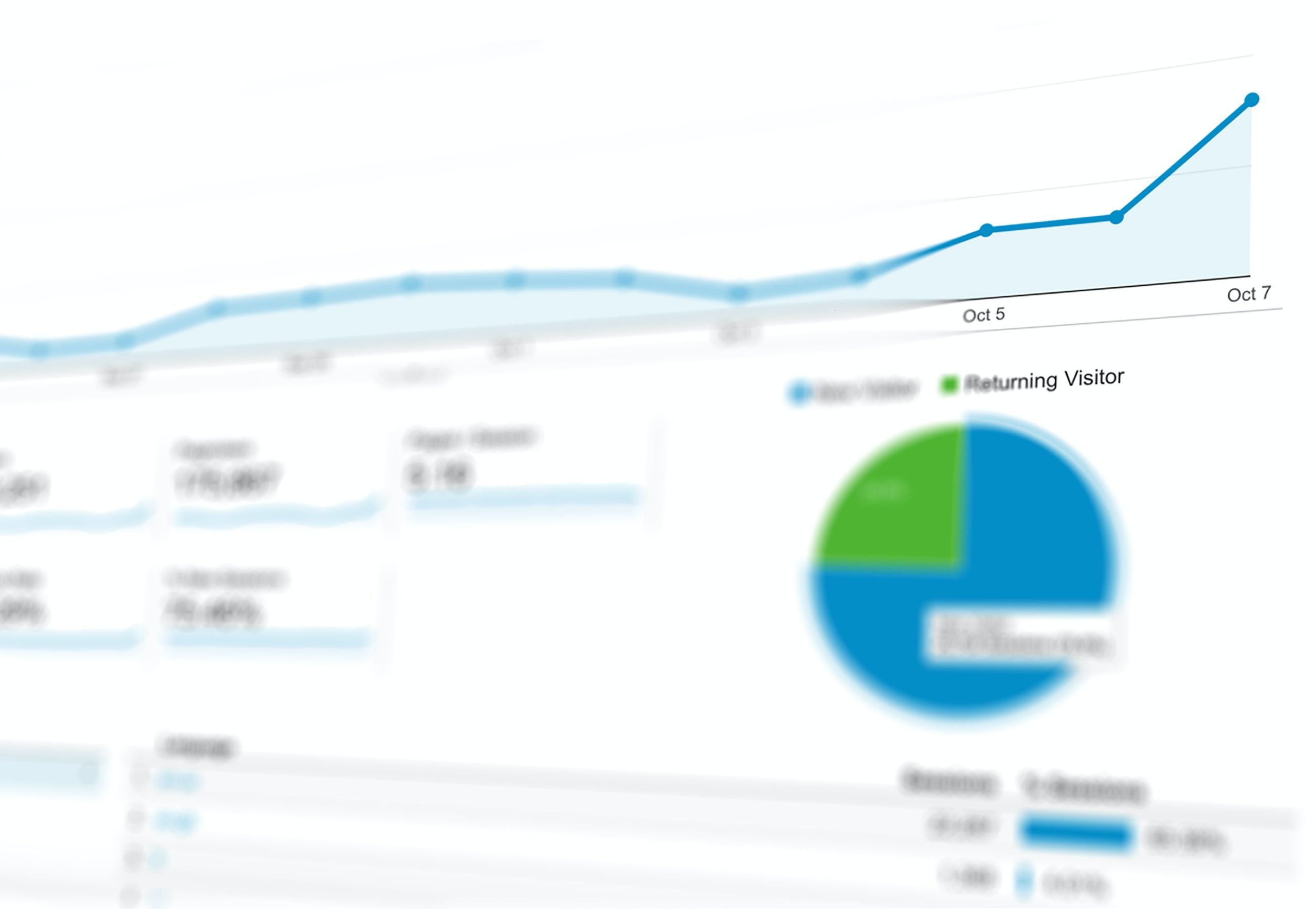The bounce rate is a term used by Google Analytics to indicate when someone lands on a page and immediately exits. They don’t view any other pages, they don’t scroll, they just close the browser tab and move on. The bounce rate is a key statistic you need to be keeping an eye on if you want to ensure your website more effective at harvesting leads and conversions.
Typical healthy bounce rates are between 30 and 40%, and the average for an ecommerce site is 34%. This is because you’ll receive a lot of traffic from bots, as well as the odd person who clicked your search engine listing by accident. Anything higher than the average may indicate a larger problem with your website. The following are a few tips put together by our expert website conversion specialists. If you need any in-depth help, book a FREE 1-2-1 with one of our website consultants, who will be happy to help.
Book a FREE 1-2-1 Training & Webinars Let’s Chat
1 – Create a Helpful Navigation Interface
There is a saying in the conversion world relating to website performance: “don’t make me think”. Make it easy for customers to get to where they need to go in order to become a lead or a conversion. Don’t make them hunt around in confusing menus or across a page the size of the Bayeux Tapestry to find the service they’re after. Try creating a nice block of images and text near the top of the home page for them to notice and click. This is a very successful tactic in reducing your bounce rate.
Make sure your website works on mobile too! It’s frustrating to browse a website that hasn’t been optimised for touchscreens. In our years of using Google Analytics, we’ve tracked that the large majority of bounce rates originate from mobile and tablet users.
2 – Make your Website Faster
Statistics show that for every extra second that your website takes to load, your bounce rate will increase by another 10%. This is a tricky one to fix if you don’t know much about website development and optimisation, but is possible in a number of ways. First, use a free page speed checker, these don’t go in depth, but can show you areas of improvement. For example, upgrading your hosting package because your server is too slow, or optimising your images to reduce their size.
We’ve found that for most small business websites, large images and defunct coding are the main culprits for bloated load times. But there can be other factors at play. At InSynch we offer a full technical audit, as well as website maintenance to help businesses maintain a fast and functional website. Book a consultation with us to learn more.
Book a FREE 1-2-1 Training & Webinars Let’s Chat
3 – Streamline Your Services
Giving too many choices to customers at once can actually reduce their likelihood of looking further into your website. Simplifying the choices on your home page and menu can reduce your bounce rate significantly. Try grouping similar services together if it helps, you can always go into the details once you’ve hooked the user’s attention.
4 – Make Your Calls to Action Prominent
Don’t expect visitors to your website to find the right place to make a booking or enquiry by themselves in the menu, show it off! Make it very bold and obvious so that they see it at the right time. We’ve found that highlighting your shopping, booking, or contact buttons in the main menu with a bold colour works very well. You may have noticed it already on our website!
5 – Have an Appealing Website Design
First impressions really count. People will often judge a person or service within the first 5 seconds of seeing them. The impression you give from the outset will have a big impact on how willing people are to dig further. Ancient website designs, clashing colours, and walls of text are the biggest turn-offs for users. Instead, have appealing, relevant images and a colour scheme that compliments every part of your website.
6 – Get Our Website Experts to Help
In all honesty, there can be a hundred reasons why users are bouncing from your website. From over-optimisation of your SEO to the information you present on the website. The bounce rate is just one of several statistics Google Analytics tracks for the success and performance of your website, InSynch uses many of these to identify areas of potential website conversion optimisation. If you want to know more, book a free 1-2-1 with one of our Google Analytics experts. We’d be happy to help with any questions you have and guide you on the right track to improving your website.




